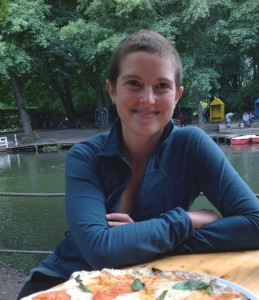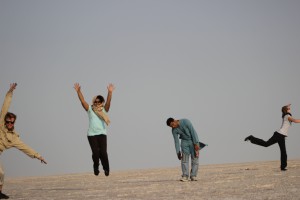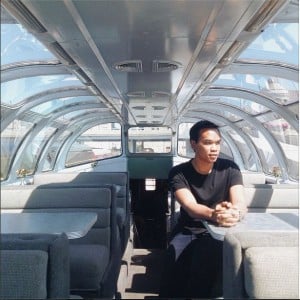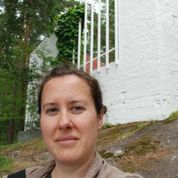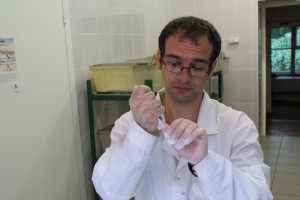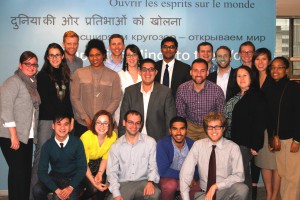
(Back row, left to right) Kelly Rivera, Diana Heise, Cameron Kruse, MaSovaida Morgan, Paul Bostrom, Lauren Gaydosh, Carlos Rivas, Samuel Gordon, Giuseppe Cespedes, Jacob Vidourek, Sharief El-Gabri, Rebecca Littman-Smith, Alexis Schmidt, Janice Feng, Kia Hall; (front row, left to right), Mario Hoang Nguyen, Alyssa Meyer, Kevin Fomalont, A. Hameto Benkreira, Michael Young; (not pictured) Arienne Jones
Have you been working on a Fulbright U.S. Student Program application this summer and have questions, now that you’re back at school? If you’re enrolled in an institution or a recent graduate, you’ve probably been working closely with your Fulbright Program Adviser and Fulbright World Area Managers.
Fulbright Alumni Ambassadors are another terrific resource available to anyone thinking of applying or currently engaged in the application process.
The Fulbright Alumni Ambassador Program was established in 2008 to identify, train and engage a select group of approximately 15 Fulbright U.S. Student Program alumni to serve as representatives, recruiters, and spokespeople for the Fulbright Program. The Program was expanded to include U.S. Scholar Program alumni in 2009.
Fulbright Alumni Ambassadors are selected annually through recommendations from Fulbright Commissions and U.S. Embassy staff, partner organizations, and approved by the U.S. Department of State’s Bureau of Educational and Cultural Affairs.
To learn more about the 2014 cohort of Fulbright Alumni Ambassadors, and to contact them directly, click here.
Good luck to all Fulbright applicants!
The Fulbright Alumni Ambassador Program was established in 2008 to identify, train and engage a select group of approximately 15 Fulbright U.S. Student Program alumni to serve as representatives, recruiters, and spokespeople for the Fulbright Program. The Program was expanded to include U.S. Scholar Program alumni in 2009.
Fulbright Alumni Ambassadors are selected annually through recommendations from Fulbright Commissions and U.S. Embassy staff, partner organizations, and approved by the U.S. Department of State’s Bureau of Educational and Cultural Affairs.
– See more at: http://eca.state.gov/fulbright/fulbright-alumni/alumni-ambassadors#sthash.epxNa862.dpuf
The Fulbright Alumni Ambassador Program was established in 2008 to identify, train and engage a select group of approximately 15 Fulbright U.S. Student Program alumni to serve as representatives, recruiters, and spokespeople for the Fulbright Program. The Program was expanded to include U.S. Scholar Program alumni in 2009.
Fulbright Alumni Ambassadors are selected annually through recommendations from Fulbright Commissions and U.S. Embassy staff, partner organizations, and approved by the U.S. Department of State’s Bureau of Educational and Cultural Affairs.
– See more at: http://eca.state.gov/fulbright/fulbright-alumni/alumni-ambassadors#sthash.epxNa862.dpuf
The Fulbright Alumni Ambassador Program was established in 2008 to identify, train and engage a select group of approximately 15 Fulbright U.S. Student Program alumni to serve as representatives, recruiters, and spokespeople for the Fulbright Program. The Program was expanded to include U.S. Scholar Program alumni in 2009.
Fulbright Alumni Ambassadors are selected annually through recommendations from Fulbright Commissions and U.S. Embassy staff, partner organizations, and approved by the U.S. Department of State’s Bureau of Educational and Cultural Affairs.
– See more at: http://eca.state.gov/fulbright/fulbright-alumni/alumni-ambassadors#sthash.epxNa862.dpuf

